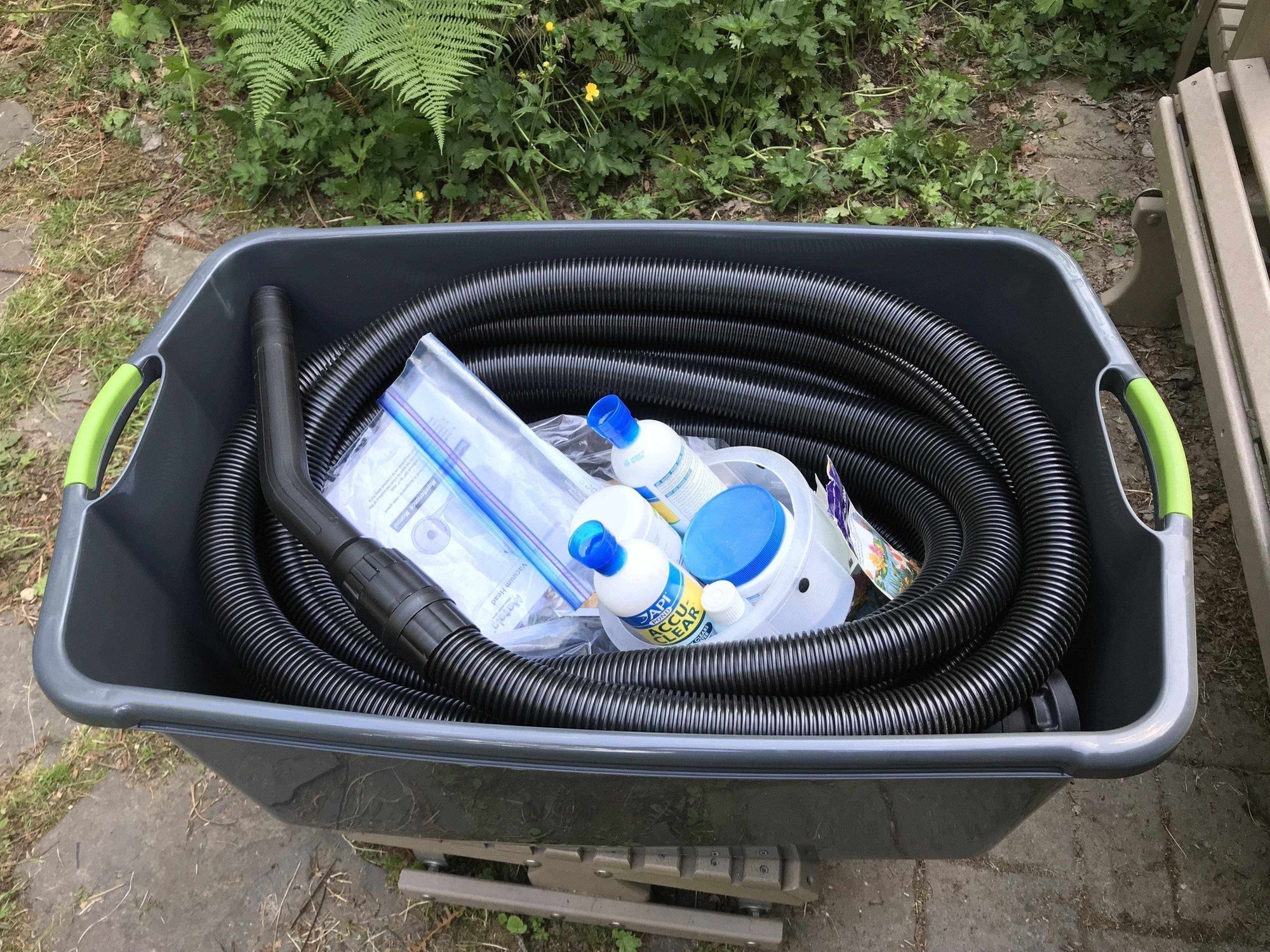Molecules and atoms have an equal amount of protons and electrons making them a neutral. Ions are atoms or molecules that have an imbalance of protons and electrons giving them a positive or negative charge. Ions are attracted to others ions to balance their charge in a chemical reaction. Other reactions seek to strip off components.
Carbonate Hardness (KH): This is total bicarbonates ions (HCO31-) and carbonates ions (CO32-) and the water’s buffering capacity (total alkalinity or acid-neutralizing capacity). A higher KH will make your pH much more stable, help prevent pH crashes and also provide some health benefits. Unknown to most, KH is continuously consumed by beneficial bacteria and essential to biological filtration (measured in parts per million - ppm).
General Hardness (GH): This refers to the dissolved concentration of magnesium and calcium ions in the water. Water is a universal solvent and many different salts and minerals will readily dissolve in water (which may also be present, but is not GH). A natural water source will contain more than just H2O. Aquatic animals naturally live in water that has some degree of minerals present. When fish are said to prefer "soft" or "hard" water, it is GH (not KH) that is being referred to. Typically, water is described as follows: very soft: 0-70 ppm, soft: 70-140 ppm, medium hard: 140-210 ppm, hard: 210-320 ppm, and very hard: 320-530 ppm.
Potential Hydrogen (pH): This is used to rank the relative acidity (pH0+) or basicity* (pH14-) of substances compared to other substances, based on the amount of hydrogen ion activity in a substance. Every whole pH value represents a change of 10 times the previous value (with a pH of 7 being neutral). An acidic solution is a solution with levels of hydrogen ions greater than the amount found in pure water (neutral). In contrast, a basic solution has a hydrogen ion concentration lower than that of water. *Note: Basicity, not alkalinity.
The Trifecta: KH, GH and pH are intrinsically connected together. Although the three properties are distinct, they all interact with each other to varying degrees, making it difficult to adjust one without impacting the other. Beginners should NOT tamper with these parameters unless absolutely necessary. Example: "hard" water frequently often comes from limestone aquifers. Limestone contains calcium carbonate, which when dissolved in water increases both the GH (from calcium) and KH (from carbonate). Increasing the KH also usually increases pH as well. KH acts as a "sponge" absorbing the acid present in the water, raising pH.
How to Raise KH (alone or with GH): To raise the KH alone without raising the GH, add one tablespoon of baking soda (sodium bicarbonate – NaHCO3) per 40 gallons raises the KH about 4 dH (72 ppm). Baking soda drives the pH towards an equilibrium value of 8.2. Add one tablespoon of calcium carbonate (CaCO3) per 20 gallons of water will increase both the KH and GH by about 4 dH (72 ppm). Alternatively, add seashells, coral, limestone, marble chips, etc. to your filter. Changing KH is the best way to balance the water.
How to Lower GH: Home water softeners use technique known as "ion exchange". They remove calcium and magnesium ions by replacing them with sodium ions. Although this does technically make water softer, fish that prefer soft water don't like sodium either. Thus, home water softeners are not appropriate. Adding distilled water, reversed osmosis water or water boiled with peat moss and aerated would be some ways to lower GH, but to have any effect, it would have to be performed on a large scale.
How to Raise or Lower pH: One can raise or lower pH by adding chemicals. However, due to buffering (KH), the process is difficult to get right. Increasing or decreasing the pH (in a stable way) actually involves changing the KH. The most common approach is to add a buffer whose equilibrium holds the pH at the desired value. Hydrochloric acid will reduce pH, but the quantity depends on the water’s buffering capacity. Once past buffering, lowering pH is easy BUT the water is susceptible to large swings of pH! Phosphoric acid lowers pH but raises phosphate levels causing algae blooms! Both should be avoided.
NOTE: 1 ppm = 1 mg/L. 1 dH = 17.9 ppm, or 17.9 mg of CaCO3/L (7.1 mg of Ca2/L and 4.3 mg of Mg2/L).
Previous Article: 18: Pond Water – System Volume
Next Article: 20: Pond Water – Nitrogen Chemistry

